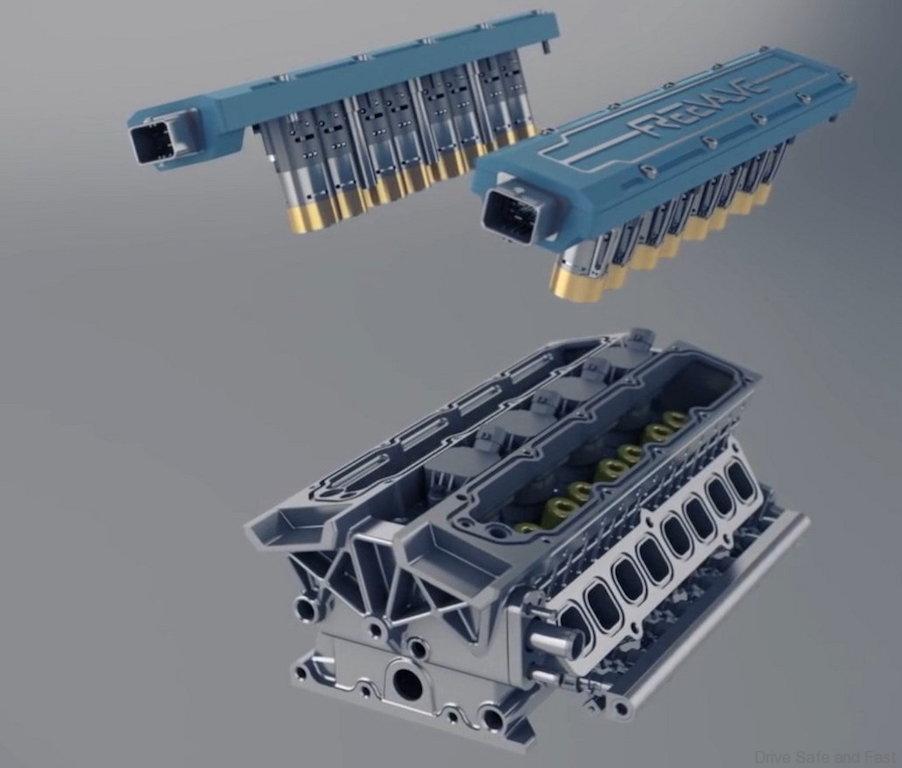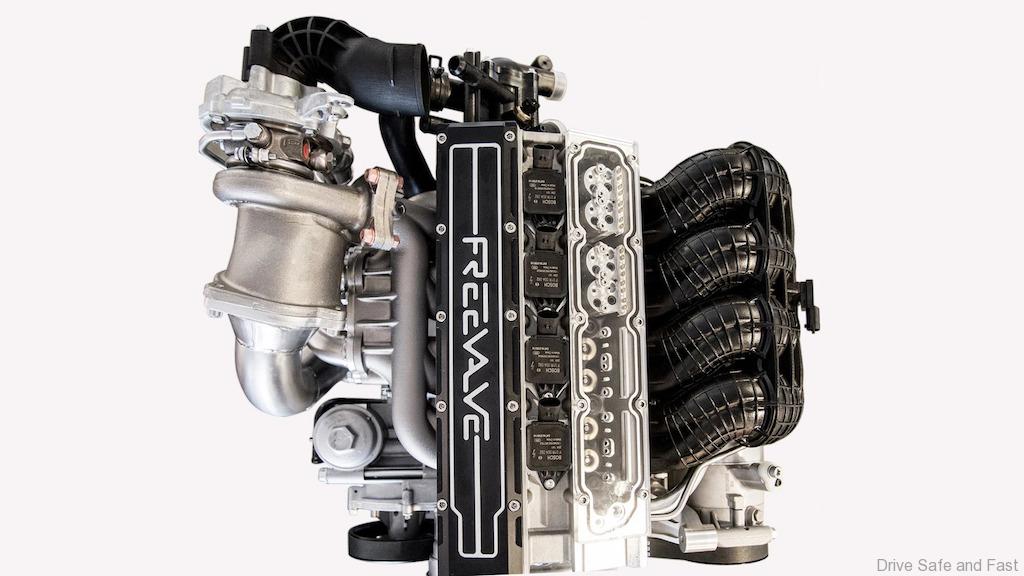FreeValve AB, a sister corporation of Koenigsegg, have shown at the Guangzhou Motor Show a cam-less internal combustion engine by removing crucial parts, claiming fuel savings of near 20%. The engine installed in a Chinese made vehicle, Qoros 3 hatchback has 47% more power and 45% more torque over a similar capacity traditional engine.
The FreeValve concept, also known as fully variable valve actuation, offers independent control of the intake and exhaust valves, doing away completely with the camshaft, hence the term ‘cam-less’.
The company’s innovative design, placing electronic connectors between the rails and actuators, mean the system is able to ‘decide’ what air/fuel mixture is needed in response to driving conditions.
Valves are opened by hydraulic-pneumatic actuators and closed by spring or compressed air. This system is monitored with advanced sensors, controlling timing and lift – allowing the electronics to know the position of valves to within 1/10 of a millimeter in real time.
FreeValve have already tested this technology on the road with results showing a verified fuel consumption reduction of 12 – 17% compared with traditional direct injection and variable cams – significant performance improvements have also been achieved.
Although you may not have heard the name FreeValve before, you could be more familiar with their Chief Executive Officer, Christian von Koenigsegg – founder of the Swedish supercar maker Koenigsegg. FreeValve are a subsidiary to the exotic car maker and the success of their development program could see the technology make its way into the supercar market.
In April this year, FreeValve AB also announced a partnership with Qoros Autos, a Chinese car maker. The partnership opens another avenue for the company to take their working concept and transfer technology to a production application for passenger vehicles.
Christen von Koenigsegg stating; “We believe that one day in the very near future, the arrival of FreeValve PHEA technology will represent as big a transition, or bigger, than the move from carburetors to direct injection.”







